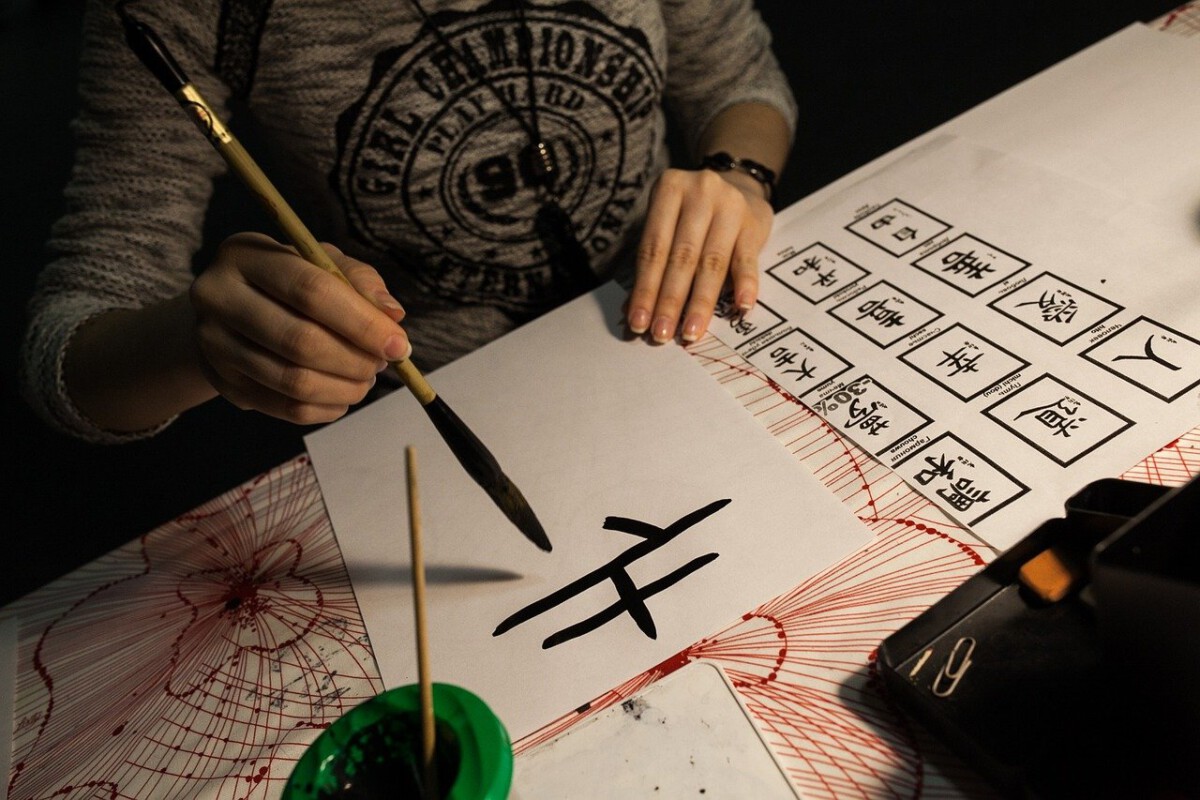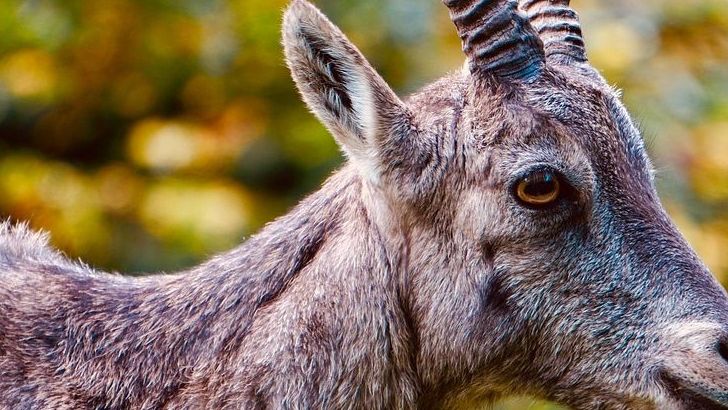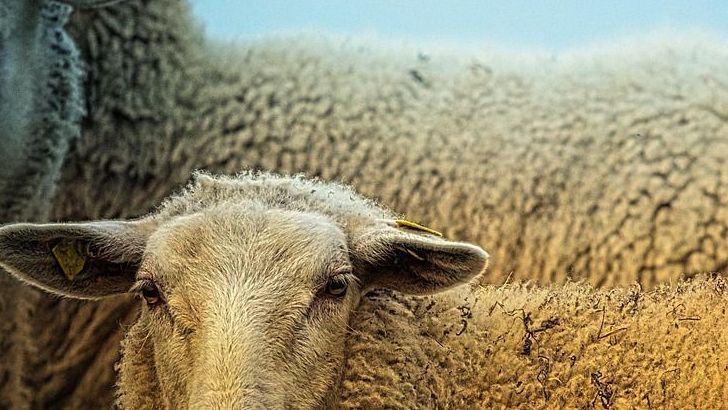Japan: Tradition Thrives in a Modern World

Japan stands out as a country where ancient customs and cutting-edge technology sit side by side like old friends at a bustling sushi bar. The tea ceremony, with its careful, almost meditative motions, is still practiced in homes and schools across the country. Even in Tokyo’s neon-lit heart, you’ll spot people in kimonos attending seasonal festivals. In 2025, data from the Japan Foundation reported that 85% of Japanese citizens see cultural preservation as a national duty. The government continues to invest in cultural education and supports UNESCO World Heritage Sites, such as the temples of Kyoto, to safeguard historical treasures. The popularity of traditions like calligraphy, ikebana (flower arranging), and sumo wrestling is a testament to how the old ways are cherished. Festivals like Hanami and Gion Matsuri draw crowds from around the globe, eager to experience authentic Japanese culture. This balance of honoring the past while embracing the future is a core part of Japan’s enduring identity.
India: A Living Patchwork of Heritage

India is like a living museum, where more than 2,000 ethnic groups and over 1,600 languages coexist, creating a vibrant tapestry of traditions. The country’s 40 UNESCO World Heritage Sites showcase everything from Mughal architecture to ancient temples. In 2024, the Ministry of Culture reported that 78% of Indians felt rooted in their cultural identity, a number that remains strong in 2025. Diwali and Holi, with their explosions of color and light, bring people together across religions and regions, reinforcing a sense of belonging. Traditional arts like Bharatanatyam dance and Madhubani painting are not only taught in schools but also see a surge in popularity on social media platforms. The government sponsors handicraft fairs and folk music festivals, ensuring that even the smallest village voices are heard. Indian cuisine, with its endless spices and flavors, is a daily celebration of heritage. The blend of old and new is visible everywhere: in Bollywood films, in the family home, and in the crowded streets of every city.
Greece: Ancient Roots Run Deep

Greece, often called the cradle of Western civilization, is a land where history feels alive in every stone. The Acropolis, standing tall over Athens, is just one of 18 UNESCO World Heritage Sites that draw millions of visitors each year. The Greek government consistently funds restoration projects, ensuring that ancient ruins and Byzantine churches remain for future generations. According to a 2024 survey, a striking 90% of Greeks expressed a strong desire to protect their cultural heritage. Local festivals, especially Orthodox Easter and the Athens Epidaurus Festival, provide a chance for communities to reconnect with their roots through music, dance, and food. Family-run tavernas serve recipes passed down over centuries, and traditional crafts like pottery and icon painting are still practiced. The Greek language, with its ancient origins, is spoken with pride by young and old alike. This dedication to cultural preservation is a source of national pride and unity, even during times of change.
Peru: Inca Legacy Lives On

Peru is a living testament to the resilience of indigenous cultures, with the legacy of the Inca Empire echoing in daily life. The majestic Machu Picchu remains the crown jewel of Peruvian heritage, welcoming millions of tourists in 2025. Indigenous communities such as the Quechua and Aymara continue to weave, farm, and celebrate their traditions despite modern pressures. In a 2024 survey, 75% of Peruvians reported feeling pride in their indigenous roots, a sentiment reflected in government policies that promote cultural education and protect native rights. Festivals like Inti Raymi, dedicated to the sun god, fill the streets with music, dance, and vibrant costumes. Peruvian cuisine, famous for dishes like ceviche and lomo saltado, is a fusion of indigenous and colonial flavors that tell the nation’s story. The preservation of native languages and crafts is supported by both local communities and the national government. This deep respect for ancient traditions continues to shape Peru’s identity in the 21st century.
Ethiopia: Ancient and Diverse

Ethiopia is often described as a tapestry of cultures, where more than 80 ethnic groups and languages form a unique social fabric. The rock-hewn churches of Lalibela, a UNESCO World Heritage Site, are symbols of a history that stretches back millennia. According to a 2024 poll, 82% of Ethiopians believe that protecting their cultural identity is a national priority. Traditional music, dance, and storytelling are woven into community life, passed down from elders to children at vibrant festivals like Timkat. The government supports these efforts through educational programs and tourism initiatives that highlight Ethiopia’s rich heritage. Ethiopian cuisine, with its signature injera and spicy stews, remains a daily celebration of cultural diversity. Language preservation is an ongoing challenge, but efforts to teach Amharic, Tigrinya, and Oromo in schools have shown promising results. Ethiopian culture continues to inspire pride and unity, even as the country modernizes.
Bhutan: Happiness Anchored in Heritage

Bhutan is famous for measuring success by Gross National Happiness, a philosophy deeply rooted in its Buddhist traditions. The government’s focus on cultural preservation is evident everywhere, from school curricula to national dress codes. In 2025, 88% of Bhutanese citizens said they felt a strong connection to their heritage, according to a recent cultural survey. Traditional festivals like Tshechu, featuring masked dances and rituals, are celebrated with enthusiasm across the country. The preservation of ancient architecture, intricate thangka paintings, and weaving crafts is supported by both community elders and national policies. Environmental conservation also plays a role, protecting sacred landscapes that are intertwined with cultural practices. Bhutan’s approach to modernization is cautious, ensuring that global influences do not erode its distinct identity. The country’s unique blend of tradition and innovation makes it a model for cultural preservation.
United States: The Cultural Melting Pot Dilemma

In the United States, cultural diversity has always been a source of strength, but also a challenge when it comes to preserving unique traditions. The rapid pace of globalization and the rise of chain restaurants and big-box stores have led to a blending, and sometimes loss, of individual cultural identities. A 2024 study found that 60% of first-generation immigrants felt their traditions were being lost to mainstream American culture. Many ethnic festivals have become commercialized, losing their deeper meaning and connection to heritage. The pressure to assimilate often leads younger generations to abandon their ancestral languages and customs. Local foods and crafts are frequently overshadowed by global brands, making it harder for small communities to keep their traditions alive. Efforts to revive endangered languages and customs exist, but they often struggle for funding and attention. The result is a melting pot where uniqueness sometimes gets lost in the mix.
Australia: Indigenous Traditions Under Threat

Australia is home to some of the world’s oldest continuous cultures, but many Indigenous traditions are at risk of fading. In 2025, only 30% of Indigenous languages are still spoken, according to the latest national report, highlighting the urgency of cultural revitalization. The effects of colonization continue to impact Indigenous communities, making it difficult to keep ancient stories, songs, and rituals alive. While government programs support cultural preservation, many traditional practices are not widely acknowledged or celebrated outside Indigenous circles. Major festivals that showcase Indigenous art and music often receive less attention compared to larger, commercial events. Elders work tirelessly to pass on knowledge, but the younger generations sometimes feel disconnected in a rapidly modernizing society. The struggle to have Indigenous voices and culture recognized remains a central issue. Advocates continue to push for greater respect and inclusion of Indigenous heritage in the national narrative.
Canada: Balancing Multiculturalism and Indigenous Identity

Canada’s reputation as a multicultural nation brings both pride and challenges, especially for Indigenous peoples seeking to preserve their unique cultures. As of 2024, half of all Indigenous languages in Canada are at risk of extinction, a sobering statistic reported by the Assembly of First Nations. Efforts to integrate Indigenous culture into mainstream society often face barriers, with traditional beliefs and practices sometimes misunderstood or marginalized. Government initiatives have begun to address historical injustices, but the process of reconciliation and cultural preservation is ongoing. Many Indigenous festivals and ceremonies occur outside the spotlight, and their significance is not always recognized by broader Canadian society. Schools and language programs are working to revive ancient tongues, but progress is slow. The loss of traditional lands and resources also threatens cultural continuity. Indigenous leaders and community members continue to advocate for recognition, hoping to safeguard their heritage for the future.








